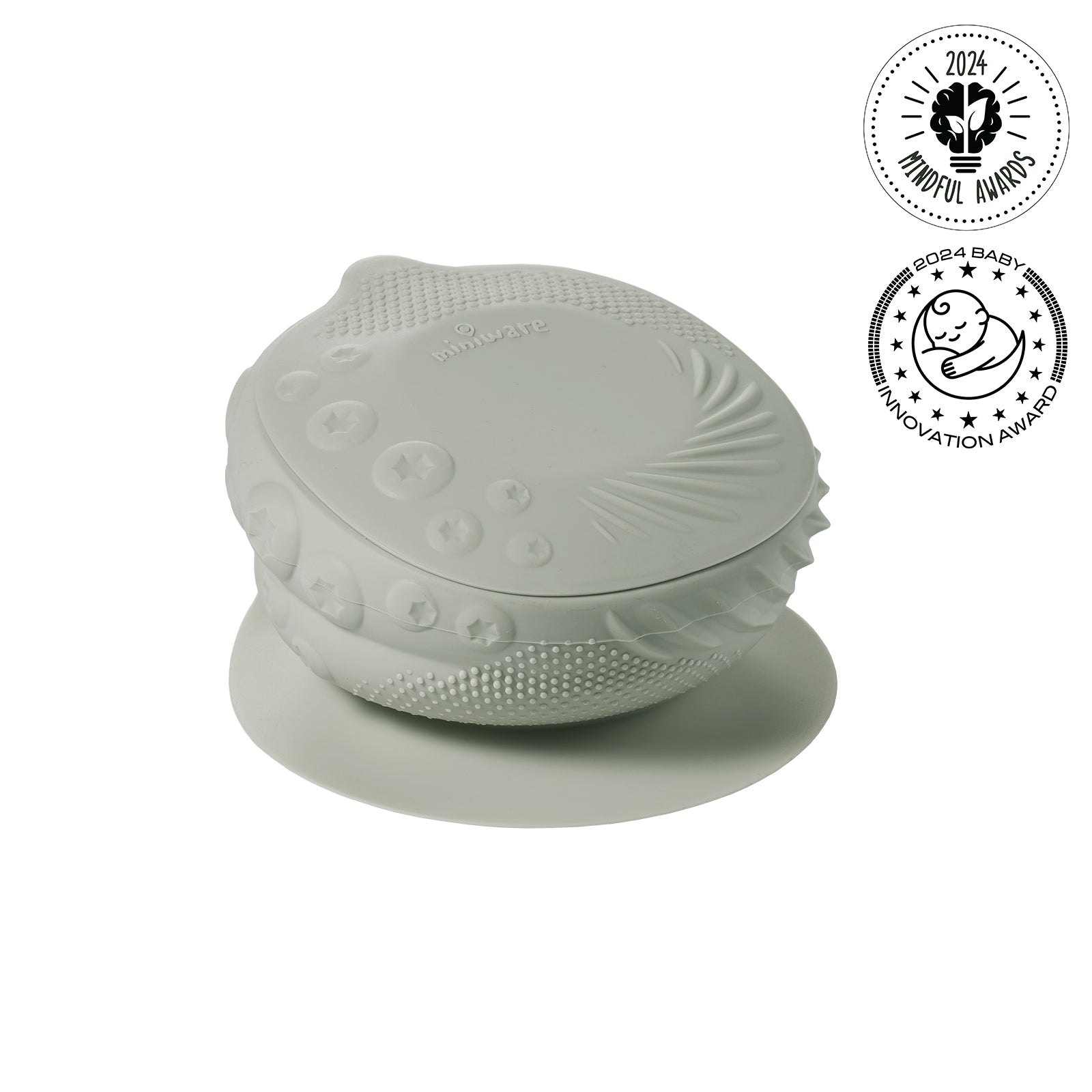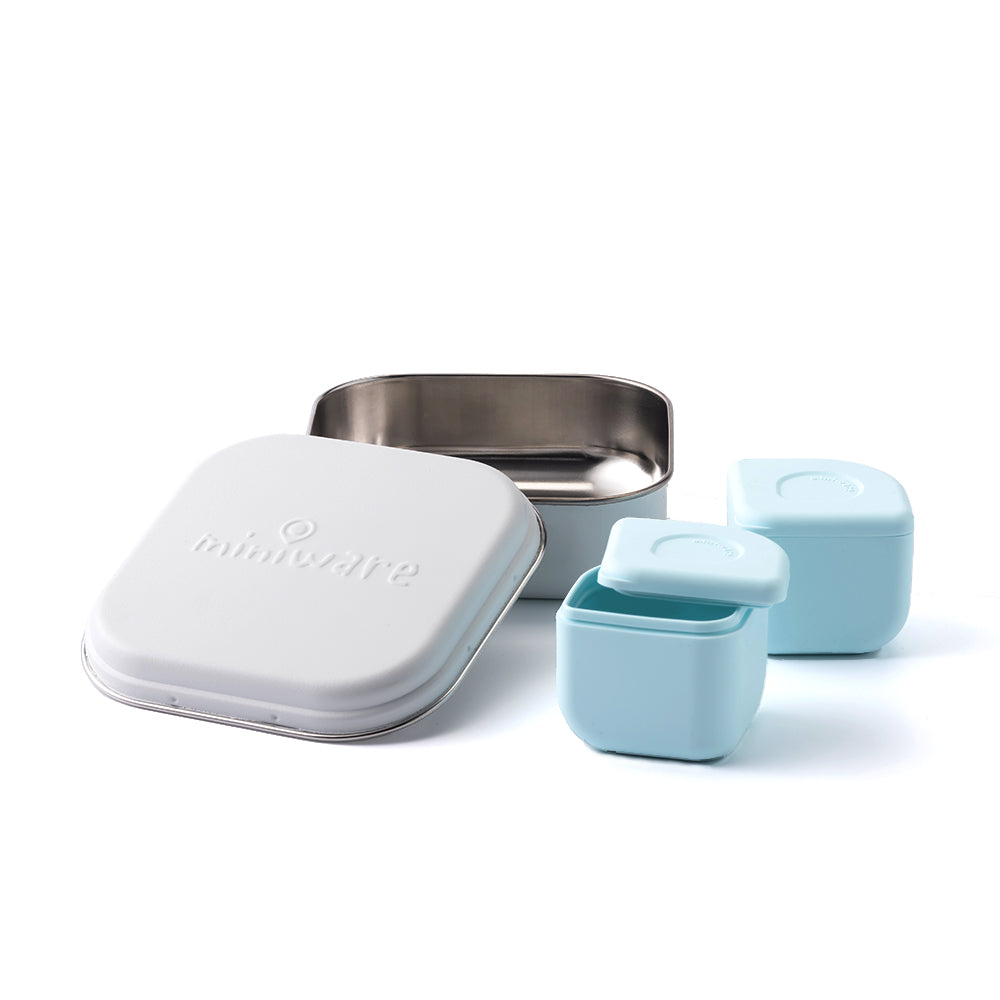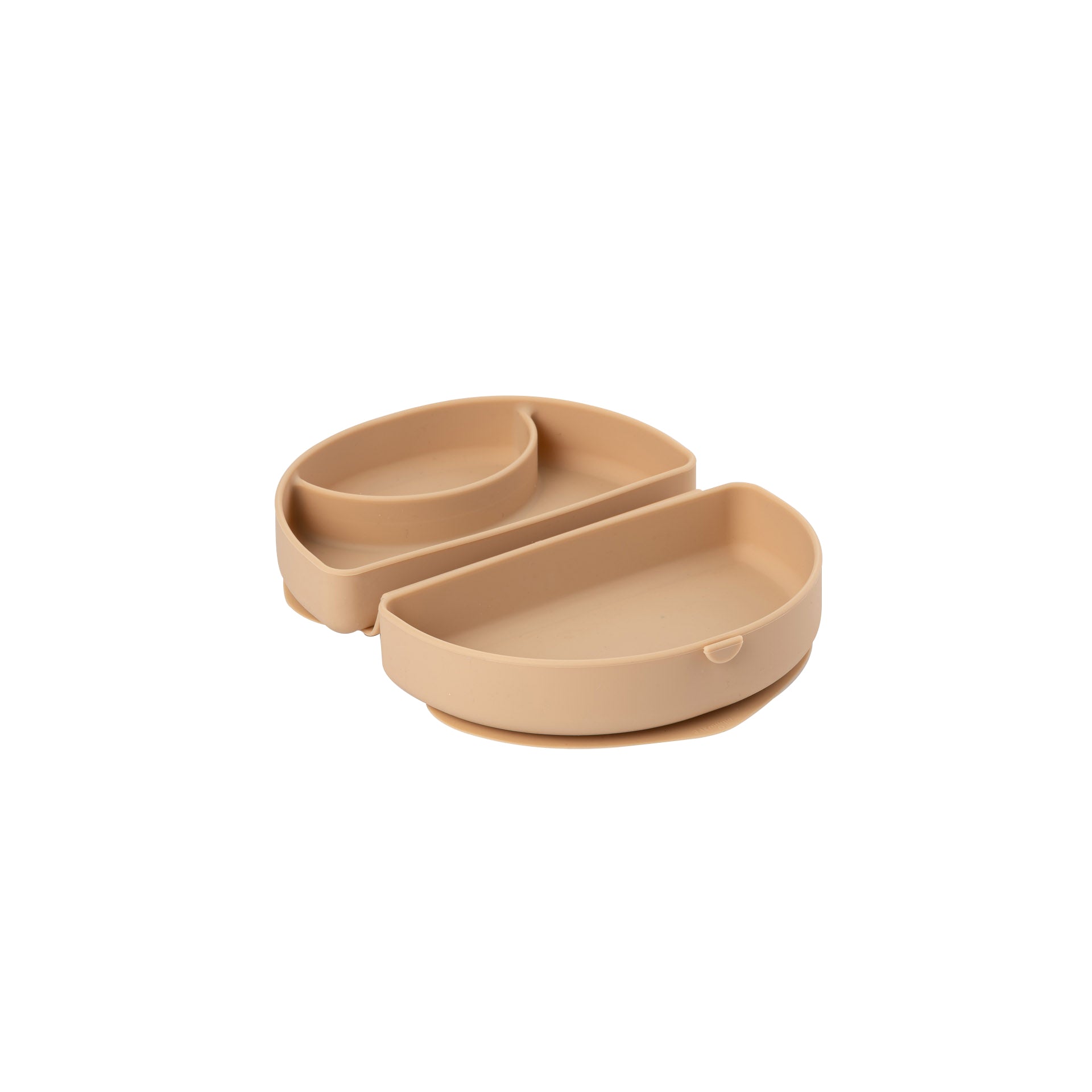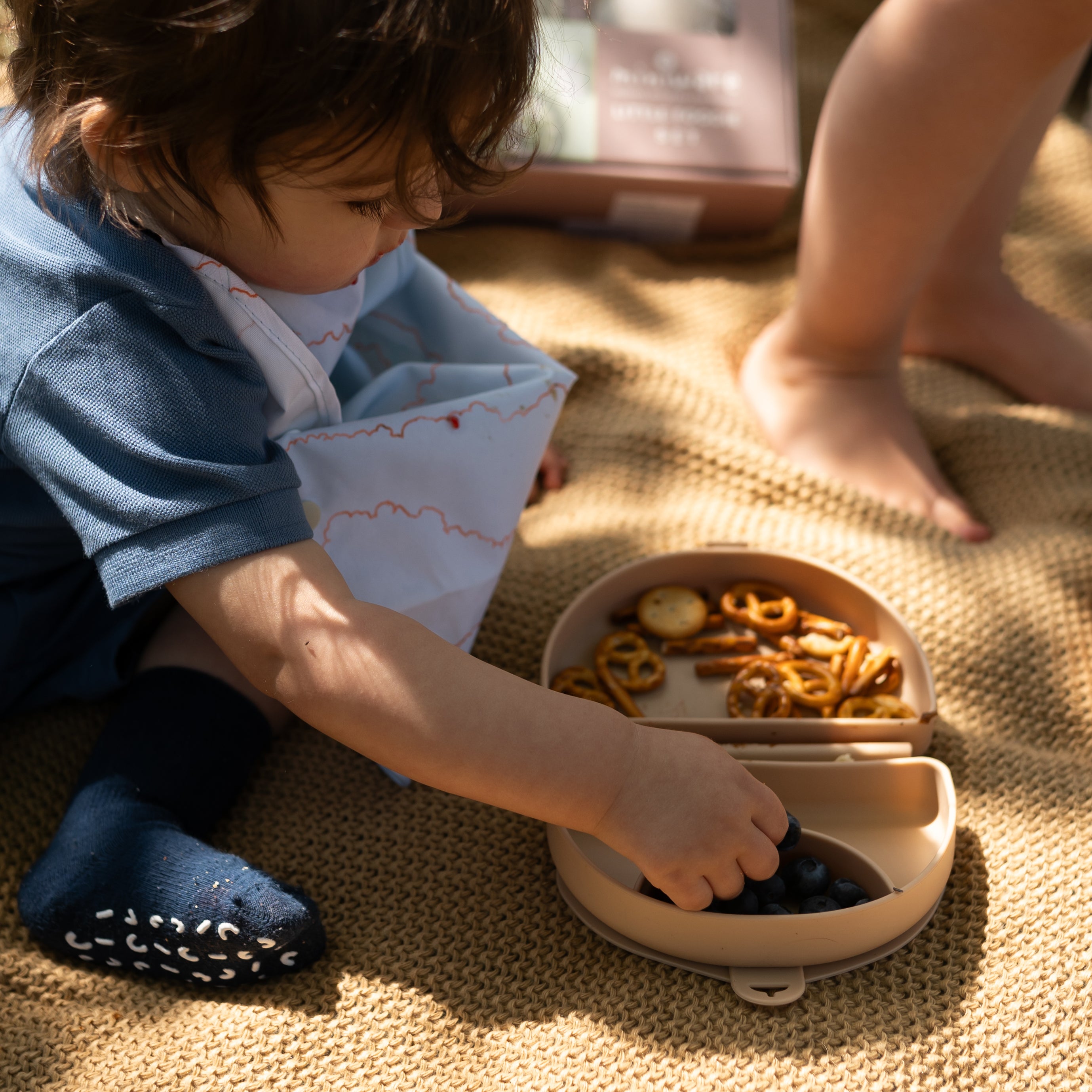It’s that time of year when the weather is pleasant and mild, plenty of beautiful spring days to enjoy outside with your kids. Sunlight is crucial to human health and outside time for babies can provide some valuable benefits! However, due to the delicate nature of their skin and susceptibility to UV rays, it’s important not to spend too much time in direct sunlight. Read on for some guidelines for infant sun exposure for vitamin D and tips for protecting your little ones during these warm spring and summer months!
The Benefits of Vitamin D
Vitamin D is produced through exposure to UV rays. It’s a crucial element to developing healthy bones and muscles. Lack of sunlight can lead to low vitamin D levels and cause health problems like rickets in children and osteoporosis in adults.
Breastfed babies of vitamin D-deficient mothers may also develop a deficiency and children with darker skin naturally produce less than fair-skinned kids due to their skin pigment’s higher resistance to UV light. Dark-complected children can spend more time unprotected in the sun than fair children but still require sunscreen and are susceptible to sun damage.
Vitamin D is most notable for helping us absorb calcium, but it plays an important part in other systems as well. It aids in regulating your immune system and blood pressure while also helping prevent diseases like cancer and multiple sclerosis.
Sunlight also has powerful mental health benefits. Exposure to natural light increases the production of serotonin which plays an important part in many complex biological systems. Most noticeable to us is an improvement in mood and a sense of well-being. It’s the “happy” chemical!
Safe Sun Exposure for Infants and Children
Too much UV exposure can damage the delicate skin of babies so it’s important to keep direct sun exposure limited throughout the day. However, to get a healthy dose of vitamin D, you and baby will need some direct, unfiltered sunlight. After your sunning time, be sure to follow good sun safety guidelines to prevent permanent sun damage:
- Limit direct sun exposure to 15-30 minutes daily unless you’re in a southern region, then just 6-15 minutes will do. It’s a great time to air out any diaper rash or let the little ones run around in the buff or a diaper. Expose some skin to soak up those vitamin D-producing rays!
- Get your sun exposure in the late morning. UV rays are most powerful during midday. Try to get your vitamin D just before noon to get a dose of sunshine just before it gets too hot.
- Stay in the shade. When you’re not out getting sunlight for vitamin D purposes, you’ll want to limit your time in the sun. Skip the heat and UV exposure between noon and 3 pm entirely if possible. Hang out in the shade, under trees, an umbrella or tent.
- Cover up. After sun time, make sure the kids are covered up. Although we may feel comfortable in tank tops and shorts during the heat, our adult skin can handle a lot more sun exposure than kids can. A loose, tightly-woven, long-sleeve shirt and loose pants in a breathable fabric will protect their skin during all-day outings. A hat is a must!
- Don’t forget the sunglasses. They’re more than a fashion statement, they protect young eyes from UV damage and help prevent ocular diseases like cataracts later in life.
- Sunscreen for you and baby. Once you’ve got your vitamin D for the day, don’t forget to thoroughly apply a child-safe sunscreen to all exposed areas of skin, even small areas like the tops of the feet, backs of hands and ears.
- Stay hydrated. Warm weather increases our need for hydration, so make sure your kids drink plenty of water. Although plain water is the best hydrator there is, kid-friendly alternatives include coconut water, organic juices, and flavored, unsweetened seltzers. Don’t forget water-packed snacks like watermelon and berries!
If you suspect that you or your baby are deficient in vitamin D, check with your doctor who can perform a test to check. Supplements are available for breast-feeding moms with low vitamin D to help ensure their babies get proper nutrition from their milk.
Throw a blanket on the lawn and enjoy your morning coffee while spending time with the kids or pack a picnic and head to the park, there are many places to enjoy the nice weather and get your daily vitamin D. Make this outside time for babies free from distractions like cell phones and tablets. Instead, make these 15-30 minutes of outside time part of a new daily routine to spend appreciating nature and each other.
How do you like to spend outside time with your kids? Do you have sun-safety tips to share?











